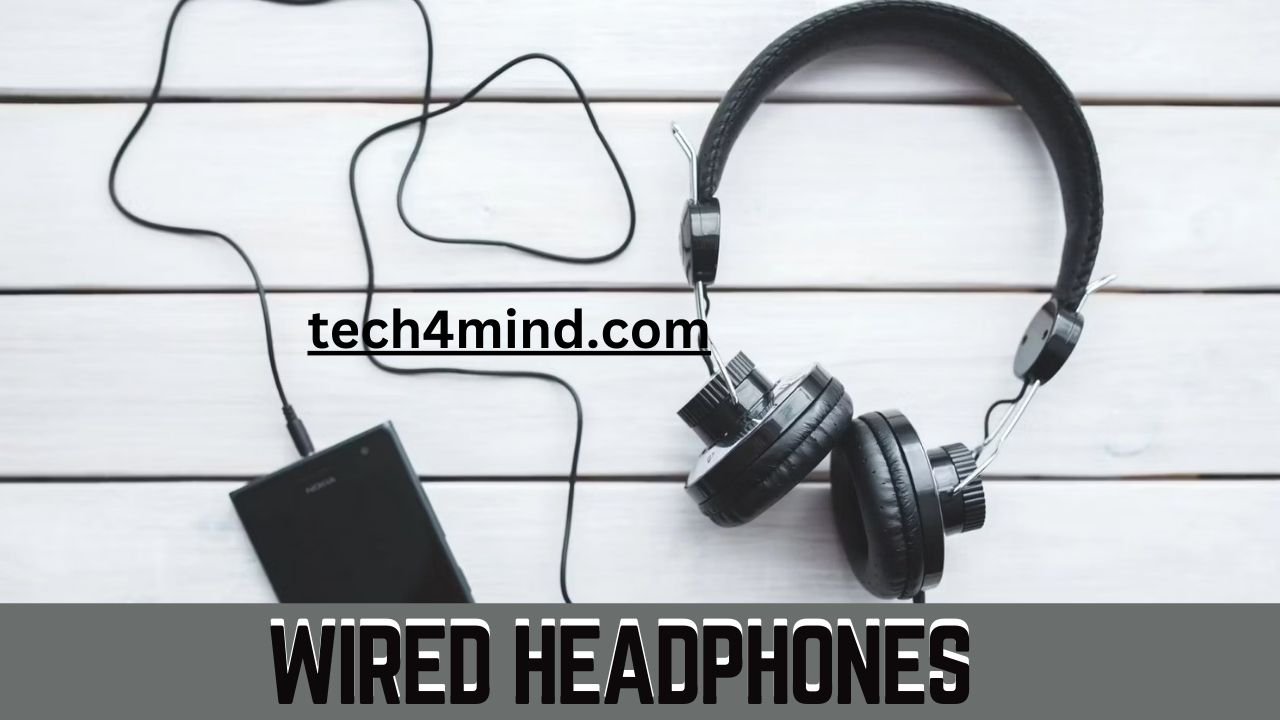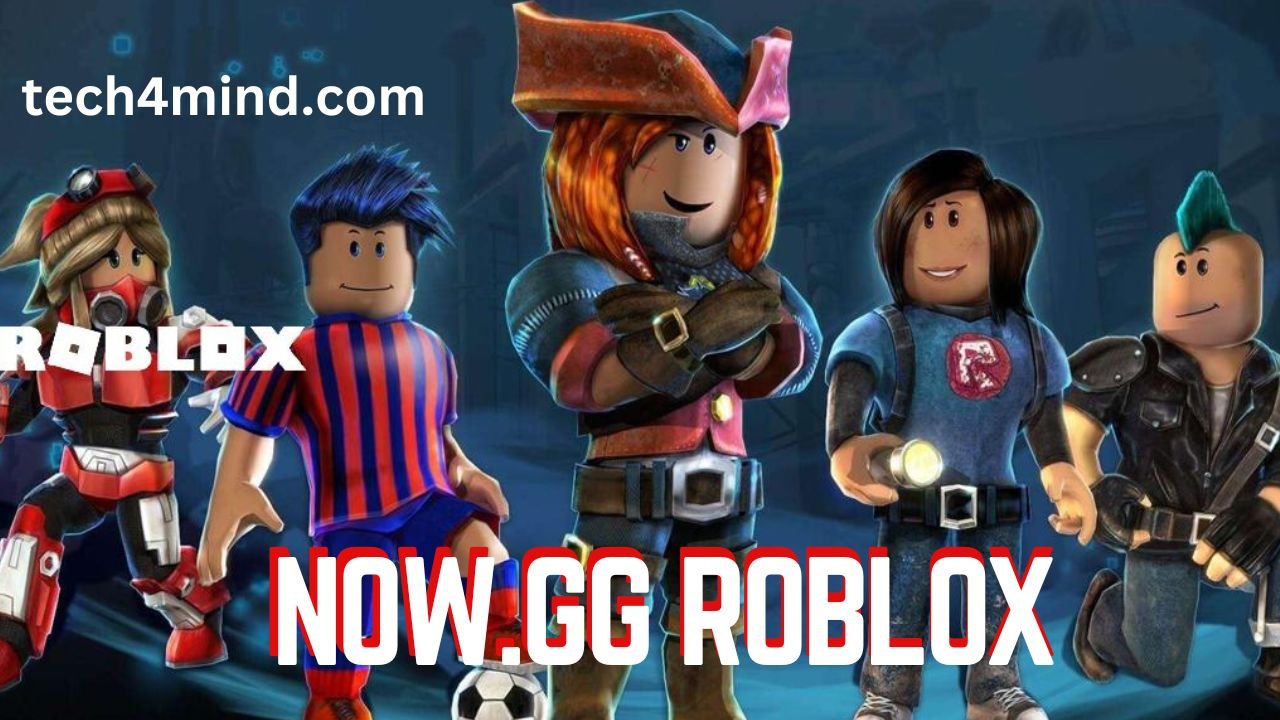Introduction:
Playstation portal, Sony’s foray into the world of transportable gaming these days, took the gaming world with the aid of a storm upon its launch. Designed solely for faraway play with PlayStation portal Five, this progressive tool has been established to be a convincing fulfillment, surpassing even the incredibly acclaimed Steam Deck in November 2023. With a sleek design, incredible overall performance, and seamless integration with PS5, the Play Station portal has redefined what season ticket sports mean.
A premium handheld experience
From the moment you unbox the PlayStation portal, its premium quality is evident. The device boasts a robust and heavy build, exuding a sense of robustness and craftsmanship. The 8-inch display with 1080p resolution provides colourful shades and sharp images, ensuring immersive gaming fun even when passing through. Completing the amazing show is the familiar DualSense controller layout, complete with haptic feedback and adaptive triggers, representing a seamless transition from console to handheld gaming.
Seamless remote play integration
One of the standout features of the Play Station portal is its seamless integration with the PS5 far flung play characteristic. Setting up the tool is a breeze, and after you’re linked, you can experience favoured red PS5 video games from anywhere thanks to its strong Wi-Fi connection. Whether you’re lounging on a bed, enjoying yourself at the sofa or perhaps away from home, Playstationion Portal helps you to have uninterrupted gaming periods.
Overcoming multiplayer challenges
While Play Station Portal excels at offering high-quality entertainment for unmarried participants, multiplayer gaming is a point of contention for some customers. Occasional disconnections and performance hiccups were mentioned, especially in online multiplayer modes. However, Sony has been proactive in addressing these issues through firmware updates, and many customers have reported improvements in balance over time.
Battery life and portability
One factor that sets Playstation Portal apart from traditional handhelds is battery life. With a solid playtime of up to 3-4 hours in normal mode, this tool pushes the balance between portability and overall performance. Although no longer as remarkable as dedicated handheld consoles, the battery is sufficient for most gaming classes, away from the power source. Additionally, the Portal’s large form factor may not be as pocket-friendly as other handhelds, but it remains an extremely portable tool that can be easily carried around in a backpack or bag.
The future of PlayStation Portal Gaming
The success of the Play Station Portal has reignited discussions about the capacity of a dedicated PlayStation handheld. While Sony has remained tight-lipped about such plans, the overwhelming demand for Portal suggests a market for a more robust portable gaming solution for businesses. Regardless of what fate has in store, PlayStation Portal has proven itself to be a compelling option for PS5 owners looking for a premium remote gaming experience.
Playstation Portal features are:
- Remote Play Streaming: PlayStation Portal is exclusively for streaming PS5 games from your console over Wi-Fi using Sony’s Remote Play feature. It has no local storage or capacity to run video games natively.
- 8-inch 1080p 60Hz display: Portal has an eight-inch 1080p 60Hz refresh rate LCD that provides a bigger show than the Nintendo Switch OLED and Steam Deck for remote gaming.
- DualSense Controller Integration: Portal features an integrated DualSense controller layout with haptic feedback and adaptive triggers that replicate the joy of a PS5 controller.
- Portable design: With its handheld shape, the Play Station Portal lets you play PS5 games remotely without being tethered to your TV.
- Quick Connect: The portal has a button to quickly connect to the PS5 console via Wi-Fi for seamless remote play.
- Battery life: PlayStation Portal offers four to five hours of battery life per charge for remote play courses.
- Audio output: The device has built-in speakers and a headphone jack for audio output at a certain stage of the game.
- Touchpad functionality: Portal lacks a physical touchpad, but allows touchpad input by tapping the display screen.
A key point of PlayStation Portal is its ability to move PS5 video games remotely over Wi-Fi, presenting a dedicated handheld experience for PlayStation owners without the need for a television.
Playstation Portal is a dedicated far-reaching gaming tool for streaming PS5 video games, so it has several key variations compared to various gaming handhelds such as the Nintendo Switch, Steam Deck, and Logitech G Cloud:
The design of the Play Station Portal controller has several unique features that set it apart from various handheld gaming gadgets:
- Integrated DualSense Controller Layout: Portal allows for the same button layout and configuration as the PS5’s DualSense controller, along with adaptive triggers and haptic notes. This gives PS5 owners a familiar and immersive control experience.
- Full-size controller grips: Unlike smaller handheld controllers, the Play Station Portal features large DualSense-style grips that allow for a comfortable hold throughout gameplay.
- Motion Control Support: Like DualSense, the Portal Controller supports motion control for eligible video games.
- Touchpad Functionality: While the Portal lacks a touchpad at the body, it permits the touchpad to enter by way of tapping the show with an eight-inch touchscreen, replicating the capability of the DualSense touchpad.
- Integrated speakers and audio jack: Portal has integrated speakers and a 3.5mm headphone jack for audio output, removing the need for separate audio accessories.
Benefits of Play Station Portal
- Larger display: Portal has an 8-inch 1080p 60Hz display, which is greater than the 7-inch monitors on the Switch OLED and Steam Deck.
- DualSense Controller Integration: Works with an integrated DualSense controller format with haptic feedback and adaptive triggers that mirror the joy of a PS5 controller.
- Lower Price: The two hundred dollar Portal is cheaper than the $300-$600 price variety on the Steam Deck and various handhelds.
- Seamless PS5 integration: Portal is Sony’s first birthday device and seamlessly connects to your PS5 console for remote play over Wi-Fi.
| Read More : Truefanzine |
Playstation Portal Limitations
- Requires PS5 and Internet: Unlike various handhelds, Portal cannot run video games at home and requires a PS5 console and a stable Internet connection for remote streaming. The Play Station Portal has an 8-inch 1080p LCD, which is larger than each Nintendo Switch OLED (7-inch) and Steam Deck (7-inch for the LCD model, 7.4-inch for the OLED version).
Specifically:
The 8-inch Playstation Portal screen is 1 inch larger than the 7-inch screen on the Nintendo Switch OLED. It’s also larger than the 7-inch LCD on the bottom version of the Steam Deck. Compared to the more modern Steam Deck OLED, the Portal’s eight-inch display is 0.6 inches larger than that model’s 7.4-inch OLED screen.
So, in terms of just display size, the Play Station Portal has an advantage over the Switch OLED variants and the two Steam Decks, presenting a larger place to watch streaming remotely from the PS5. The larger eight-inch display should bring immersive handheld gaming while streaming PS5 video games to the portal.
PlayStation Portal layout compared to other handheld consoles
Form Factor
Portal has a larger 8-inch 1080p display, which is larger than the 7-inch screens on the Nintendo Switch OLED (7-inch) and Steam Deck (7-inch LCD or 7.4-inch OLED) models.
Unlike smaller controllers on handhelds like the Switch, it features an included DualSense controller layout with prominent grips. At eight inches in size, the Portal has a bulkier shape compared to most handheld consoles, making it less portable and pocketable.
Driver integration
Portal seamlessly integrates the DualSense controller format, including haptic notes, adaptive triggers, and motion controls, delivering a familiar PS5 controller that delights. This is a unique arrangement compared to handhelds with smaller controllers or detachable gamepads like the Switch.
Hardware options
Unlike dedicated handhelds, the Portal can’t run games regionally, relying solely on streaming remote play from the PS5 over Wi-Fi. It lacks contiguous storage, game cartridge slots, or the ability to natively load video games.
Portal uses a mid-range cellular processor optimised for streaming instead of local gaming performance.
Connectivity
The easiest portal helps Wi-Fi 5 connectivity, which is outdated compared to Wi-Fi 6 help on newer handhelds. It lacks Bluetooth connectivity, limiting Wi-Fi audio alternatives to Sony’s proprietary accessories.
Explore PlayStation Portal battery life on other handheld consoles
According to the resources provided, PlayStation Portal’s battery life is usually shorter compared to various famous handheld game consoles:
The source says that Portal’s battery life is “pretty accurate” and with the brightness set to around 50%, it could last around 6 hours. The source says Sony claims the Portal has around 4 hours of battery life, but a reviewer found that it is “barely positive” and only gets around 3 hours on a charge with brightness and volume set just above normal.
The source says it got about 8 hours of “strong play” out of the portal before the first-class pix started to lose.
The source says the Portal’s battery life is “desirable enough for gaming courses” at 6-8 hours on a full charge.
In the rating:
The Nintendo Switch OLED version has a battery life of four. Five to nine hours depending on the game. The Steam Deck has approximately 2 to 8 hours of battery life, with most video games averaging four to 6 hours per charge.
So while the PlayStation Portal’s battery life varies from around three to eight hours depending on usage, it typically falls short compared to the Switch OLED (up to 9 hours) and the Steam Deck (up to eight hours). The Portal’s larger 8-inch display likely contributes to the noticeably shorter battery life compared to other dedicated handheld consoles.
PlayStation Portal battery life is comparable to Nintendo Switch OLED
According to the supplied means, Play Station Portal’s battery life is similar to but slightly better than, the Nintendo Switch OLED version:
The resource now does not examine the battery’s existence between the 2 devices.
The source is a Reddit comment that says the Switch OLED will last around 7 hours at the free rate. The source is a YouTube video that reviews the lifestyle of the portal battery. While it doesn’t offer actual numbers for the Switch OLED, it does suggest that Portal will last around 6 hours.
The source says that with the brightness set to 50%, the portal’s battery life “pretty much doubled to around 6 hours”. The source shows that the Portal gets 7-9 hours of battery life, while the Switch (OLED model) gets 5-9 hours.
So based on these merits, Playstation Portal seems to have a slight edge over Nintendo Switch OLED in battery life sentences:
The portal is said to have a battery life of around 6-9 hours depending on usage and settings. The Switch OLED version is listed as around 5-9 hours, with one delivery specifically stating around 7 hours.
In conclusion, PlayStation Portal is a game changer in the world of portable gaming. Seamless integration with the PS5, dazzling overall performance, and premium layout have made it a must-have for many PlayStation enthusiasts. While it may not be the perfect solution for everybody, the Play Station Portal has raised the bar for what a remote gaming tool can achieve, and its fulfilment is a testament to Sony’s commitment to revolutionary gaming news.
Read More: The Pitchfork Knot



